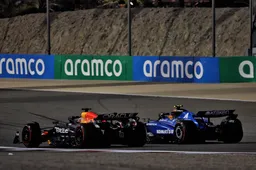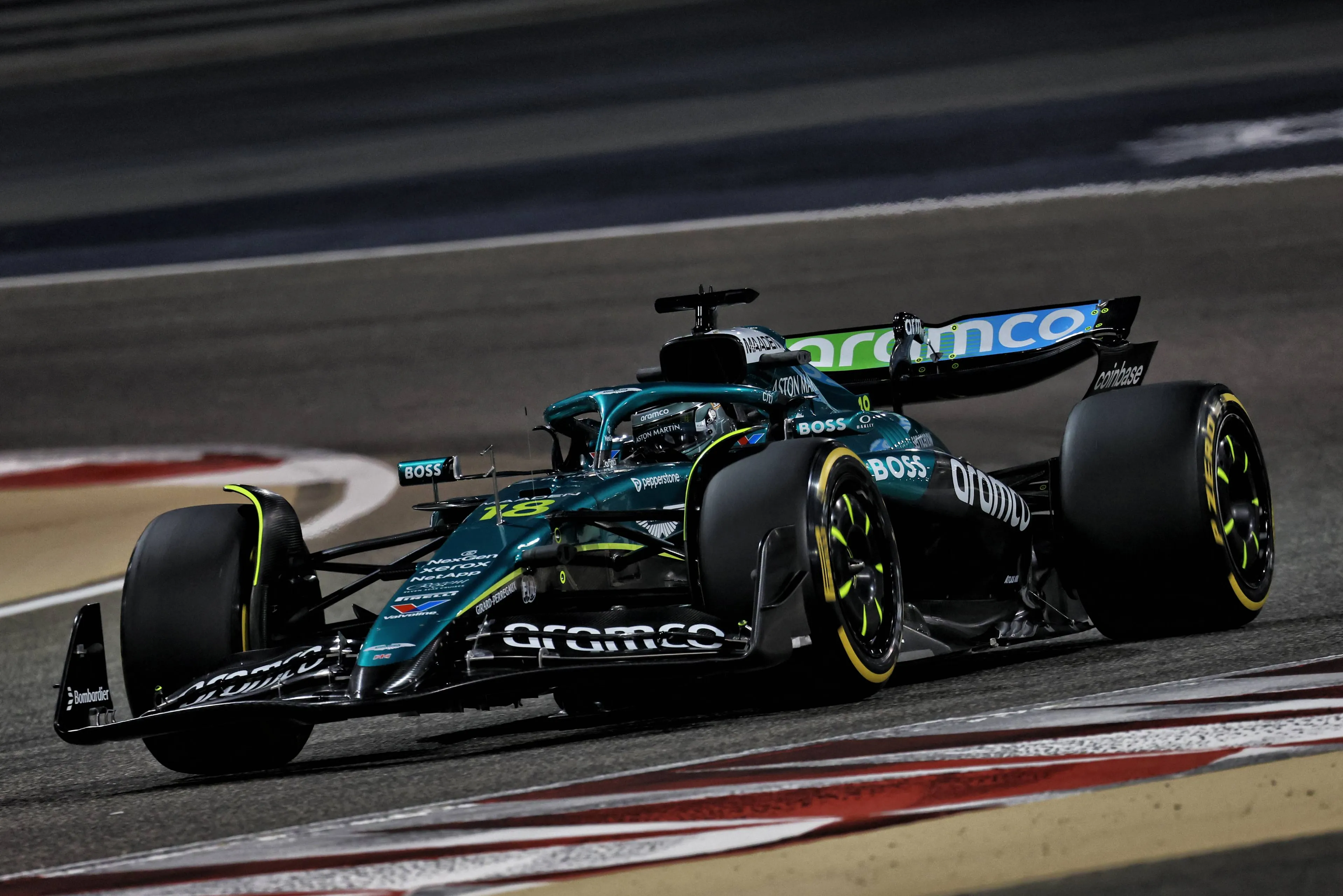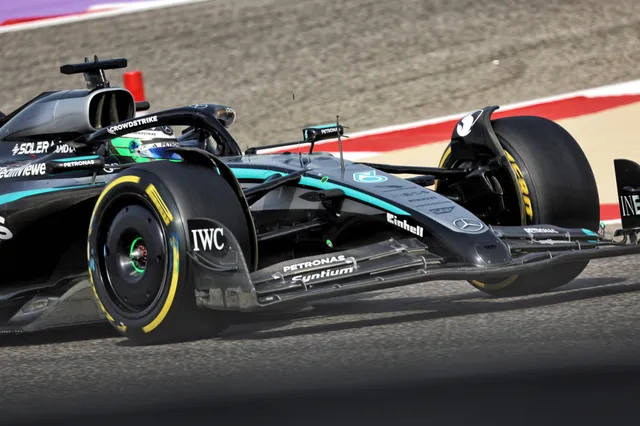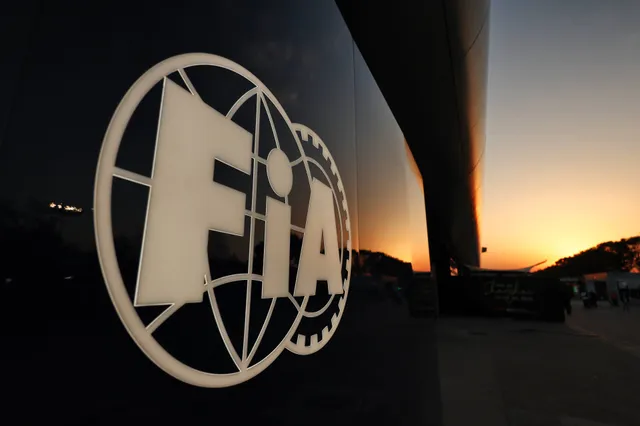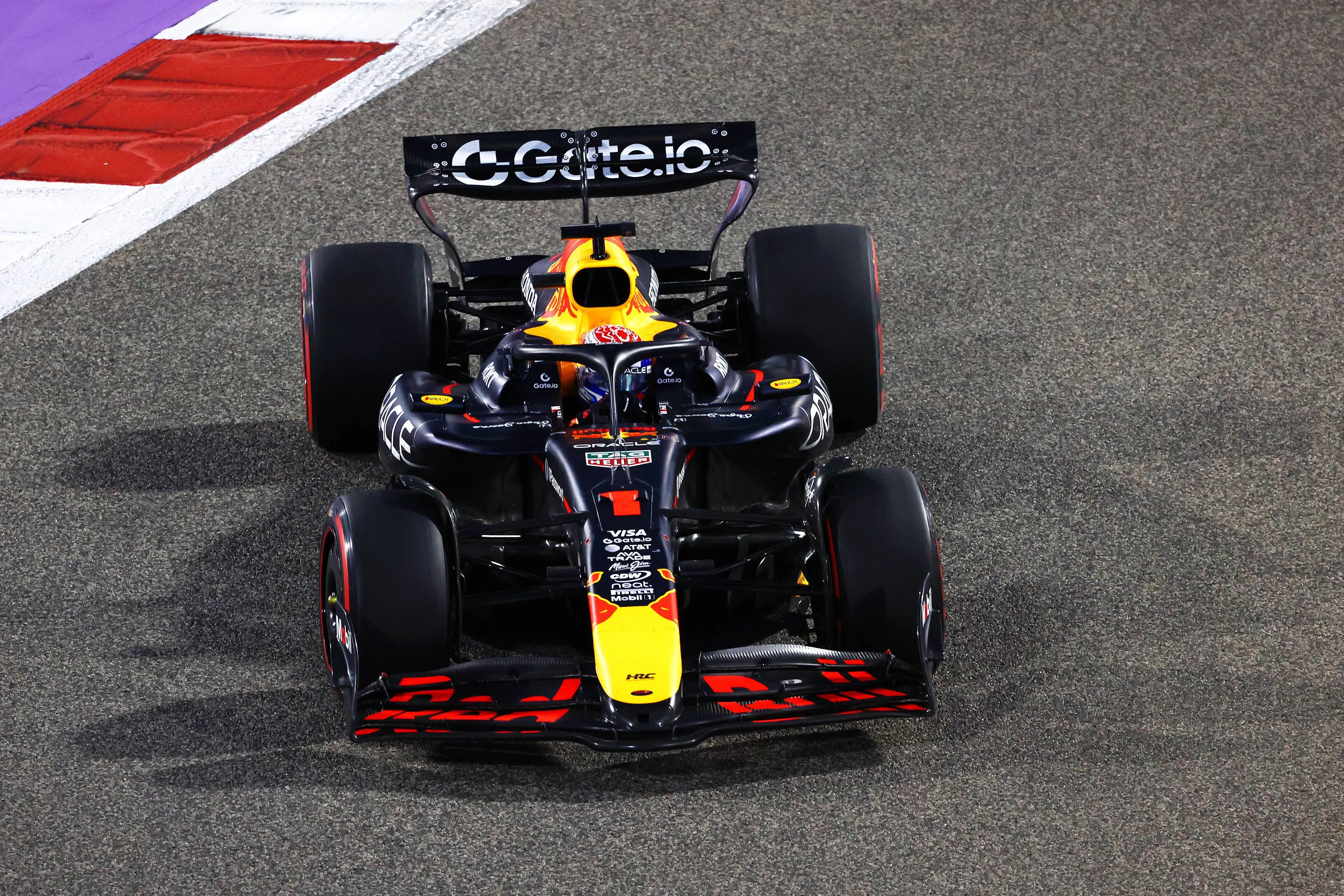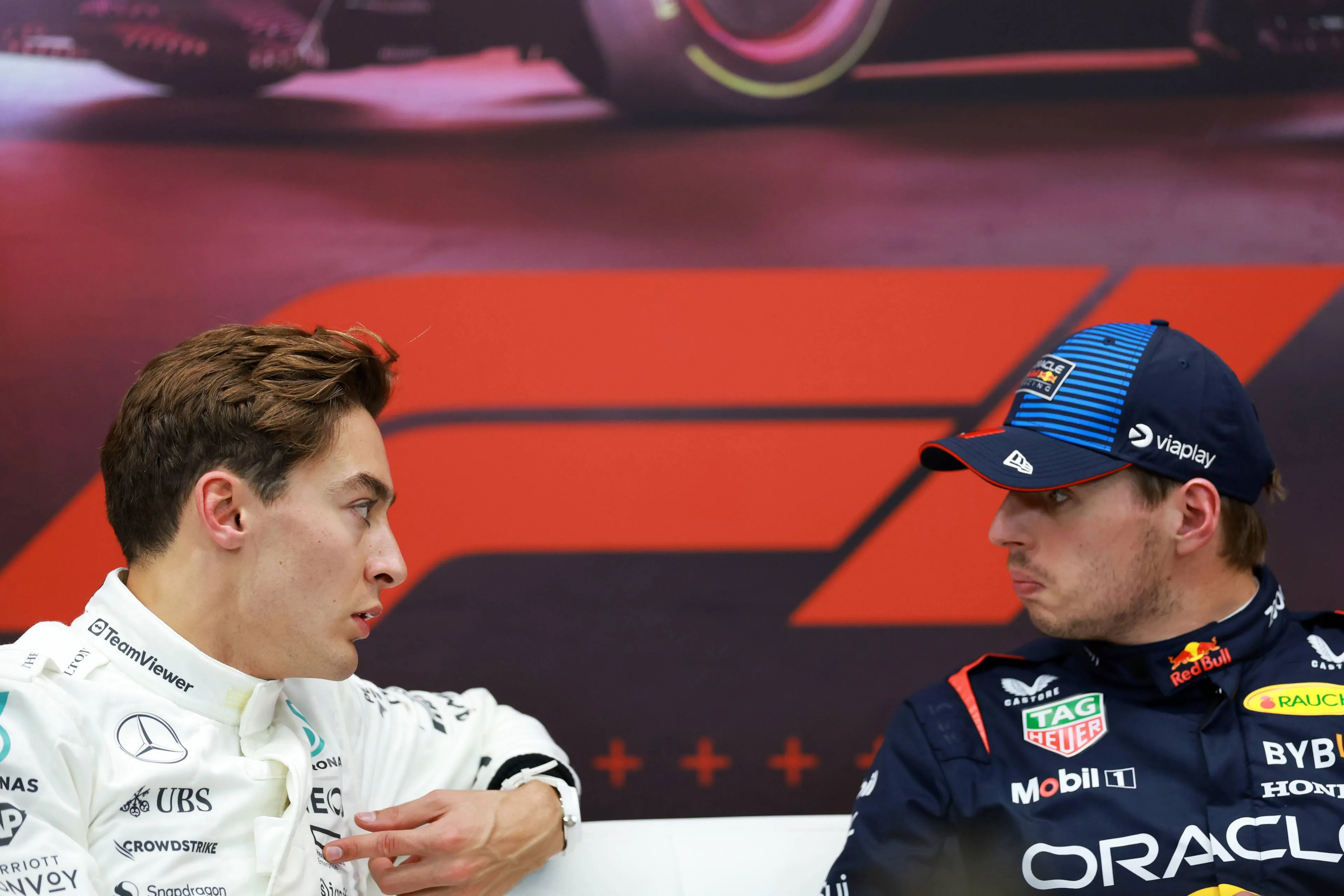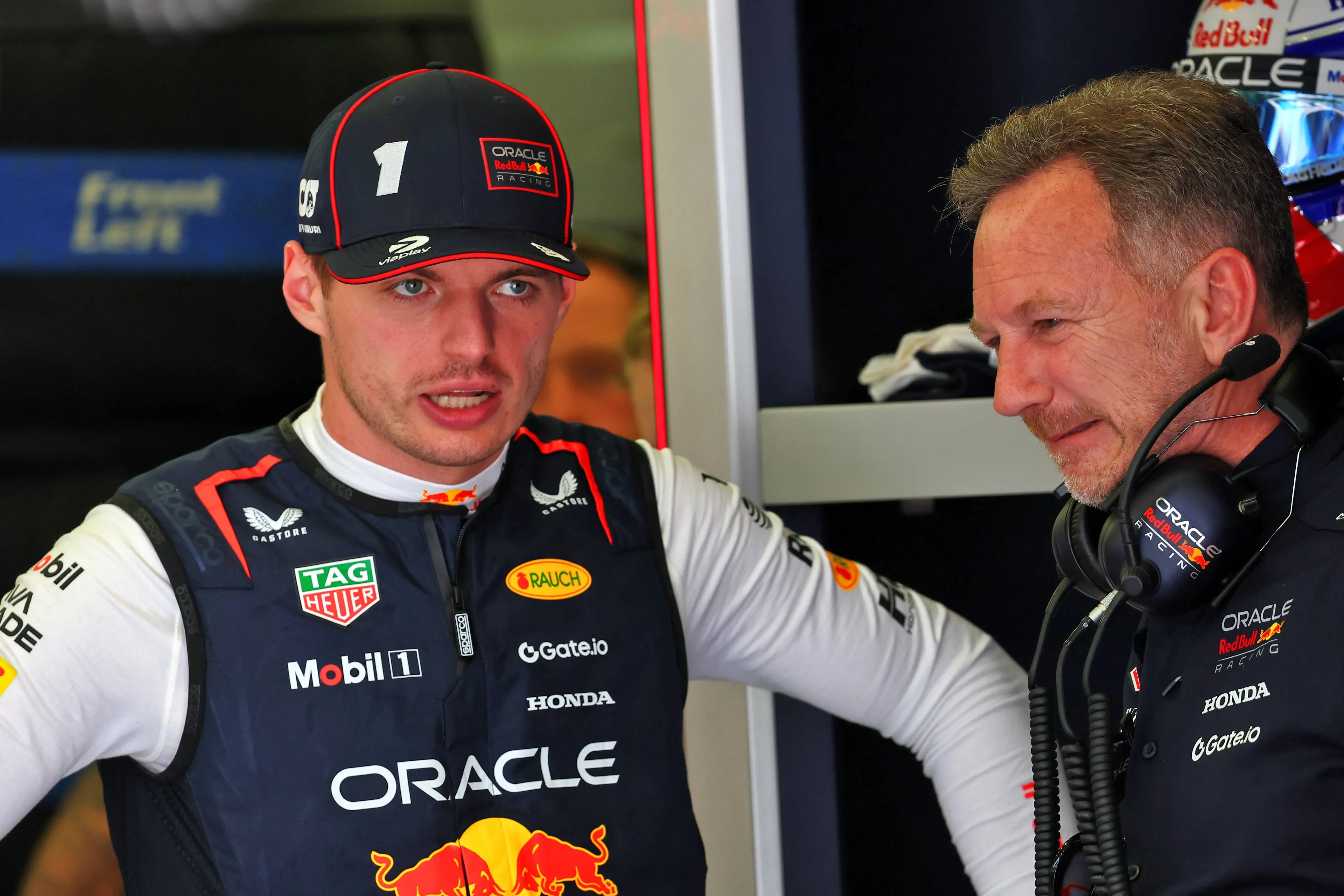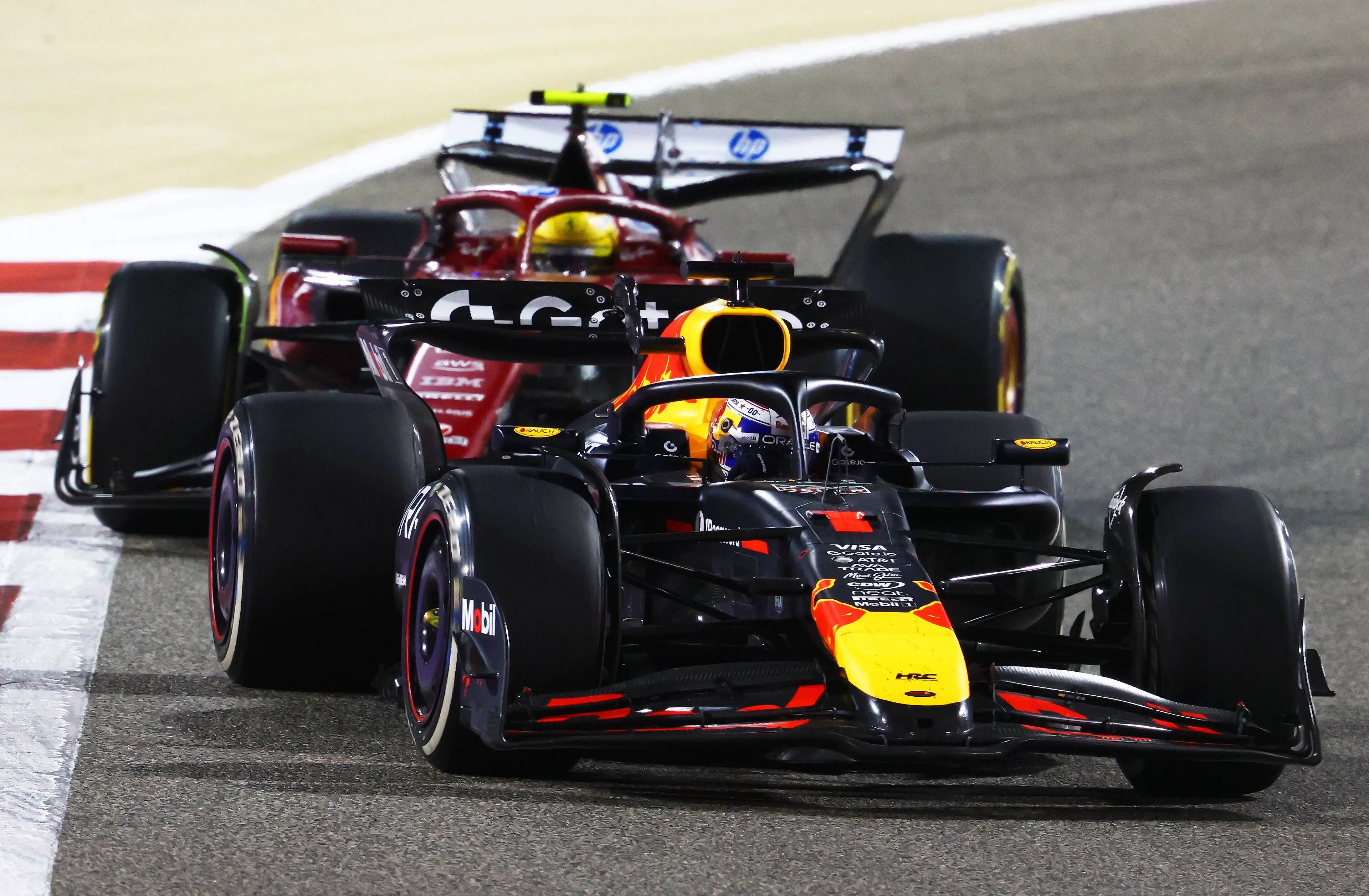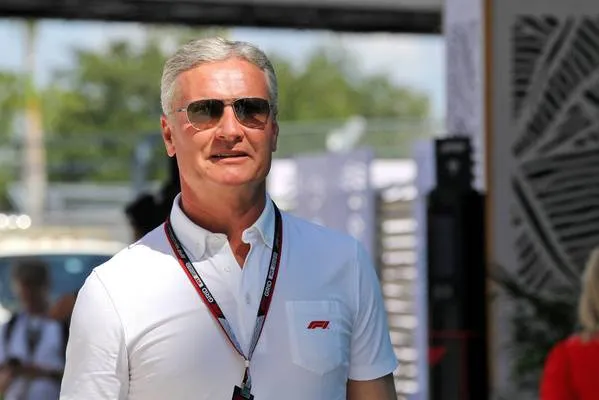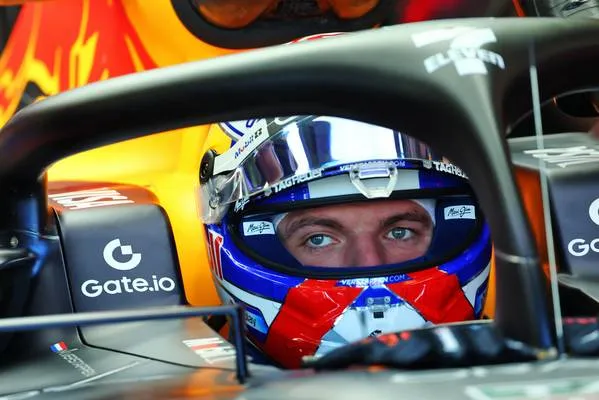Chaos in F1 imminent? This is the status of the '26-engine manufacturers!
After weeks of speculation, last Friday in Bahrain the word came out definitively: The V10 engines will not return to Formula 1 in the short term. Reportedly, a problem has arisen for the vast majority of manufacturers in F1.
It was supposed to be a discussion about the future of the power units to be used in Formula 1, but according to Motor Sport, it turned into a crisis meeting about the state of the power units. Although the requirements for the engines from 2026 have been known for some years, the development of the engines at all teams seems to be extremely problematic. There even appears to be huge performance differences between the engines that will be on the grid next year.
Major concerns among the F1 teams
Mercedes, Ferrari, Red Bull Powertrains/Ford, Audi, and Honda are the five manufacturers for next year. Of these five manufacturers, one seems to have things sorted out well. Information on the progress of a second manufacturer is currently missing. A third manufacturer has opted for biofuel as the only one (the rest opted for synthetic fuel) and is reportedly not competitive. The other two manufacturers are said to be significantly behind.
The names of the manufacturers are not mentioned, although it has been heard in the paddock for some time that Mercedes has by far the best situation. Red Bull, on the other hand, is said to have a significant lag, although this is denied by the policy makers of the new manufacturer.
Incidentally, it is still possible that there will be an adjustment to the engines for 2026. Currently, there is a power output distribution of 55 percent from the combustion engine and 45 percent from the electronic component. It is possible that the distribution will be adjusted to increase the influence of the combustion engine and reduce any performance differences.
Read also
Popular on GPBlog

Disconnect with the car and within the team: Verstappen, Marko and Horner at odds!
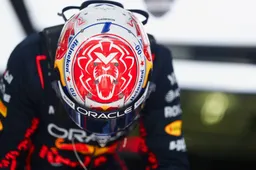
Bahrain Grand Prix debacle triggers animosity at Red Bull!

Despair for Verstappen: Crisis talks fail to solve Red Bull’s mounting problems
